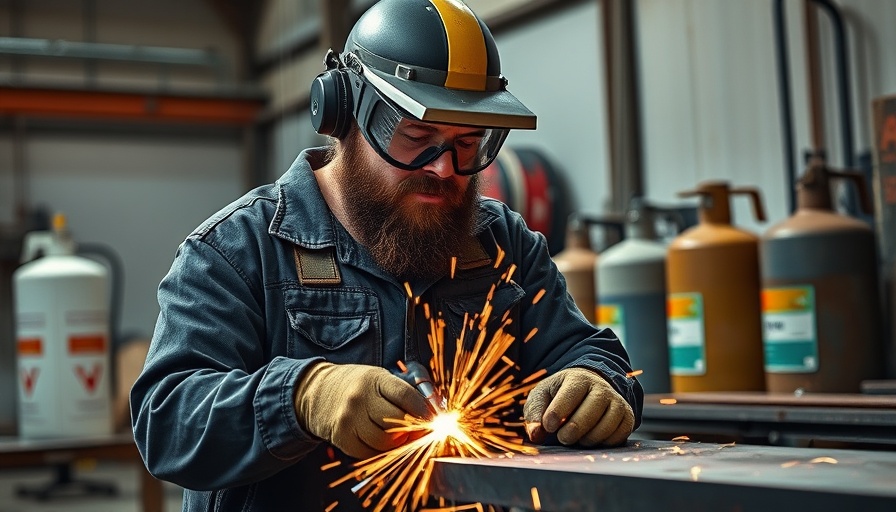
Victor’s Commitment to Safety in Industrial Operations
In an ambitious initiative aimed at enhancing safety across industrial operations, Victor, an esteemed brand under ESAB, has announced a significant offering: free safety audits for qualifying companies. This program is tailored specifically for businesses reliant on gas flow control systems and oxyfuel cutting and heating operations, marking a proactive step towards eliminating hazards and ensuring optimal performance.
Understanding the Audits: What’s Included?
The safety audit is a comprehensive end-to-end review of a company’s gas flow control systems, from the source of gas entry into facilities to the very flame that customers work with. Trained Victor experts systematically check for gas leaks, ascertain that hose and gas line sizes are appropriate, and evaluate the condition and performance of existing equipment.
An importance of these audits cannot be overstated; for example, a recent analysis revealed a significant problem where the delivery pressure at the torch was nearly 20% below the recommended threshold. This discrepancy could have posed severe operational risks, potentially leading to flow restrictions that pose dangers to both equipment integrity and operator safety. Timely corrections made by the Victor team not only remedied immediate concerns but also facilitated training sessions for operators and supervisors to better understand equipment requirements.
Elevating Industry Standards: A Shift Towards Safety
John Henderson, ESAB’s Sales Director for Gas Equipment, states this initiative is a pivotal part of what they refer to as “Victor Safe 2.0.” "Our goal is to empower everyone in the industry with the right tools, safer operations, and a knowledgeable workforce," said Henderson, sharing his wealth of experience spanning over four decades in the gas equipment sector. This philosophy accentuates a commitment that goes beyond mere compliance—it's about creating a culture of safety and competence within the workforce.
Why This is Relevant Now: Current Trends in Industrial Safety
As industrial safety standards evolve, the push for more rigorous audits and training is increasingly relevant. With the rise of enhanced technology and gas equipment in various sectors, companies face grave implications if safety measures are underdeveloped. Recent reports indicate a surge in incidents related to gas flow mishaps, prompting regulatory bodies to emphasize the necessity for audits like those offered by Victor. Employing these audits not only shields companies from potential financial liabilities but also fortifies their reputation for prioritizing safety.
Insights from the Ground: Operators’ Perspectives
The operators are the backbone of any industrial environment, and their insights can offer invaluable perspectives on these safety audits. Many operators have expressed that systematic evaluations not only enhance operational efficiency but also provide reassurance that they are equipped to handle potentially hazardous situations.
“Having experts assess our processes helps build trust in our operations,” said a representative from a recent audit participant. This sentiment underscores the emotional and psychological impact of safety assurance in the workplace—a value that transcends mere compliance.
The Path Forward: What Businesses Should Consider
For industrial companies looking to enhance safety and ensure compliance, the advantages of engaging in free safety audits cannot be overstated. Beyond identifying potential risks, these audits serve as an educational tool, upskilling staff and laying the groundwork for a culture of safety. As industries pivot to accommodate evolving safety standards, remaining vigilant and proactive through initiatives like Victor’s audits could very well set the foundation for reducing operational hazards and improving overall efficiency.
In conclusion, this initiative by Victor is not just a service offer but a strategic move to elevate industry standards. By taking advantage of this audit, companies can not only mitigate risks but also foster a knowledgeable and skilled workforce. Embracing these opportunities becomes essential, not just for compliance but for cultivating a robust safety-first culture that enhances organizational integrity.
 Add Row
Add Row  Add
Add 




Write A Comment